The history we are learning on this trip is so interesting. I’ve heard it all before, but being in the places it happened makes it more real: Mary, Queen of Scots, Bonnie Prince Charlie, the Battle of Culloden, the MacDonalds vs. the Campbells, and now, as we leave Scotland and return to England, Hadrian’s Wall.
Hadrian’s Wall marks the northern edge of the Roman Empire in England. It’s just south of the Scottish border. Parts of it are still visible, and there is a 118-mile trail that people walk across England to follow the wall. While we were taking pictures of the wall, I heard an Australian woman from our group sarcastically say that she’s going to send her picture to Trump to show him how build a wall. (We still haven’t met a non-American who likes Trump.)
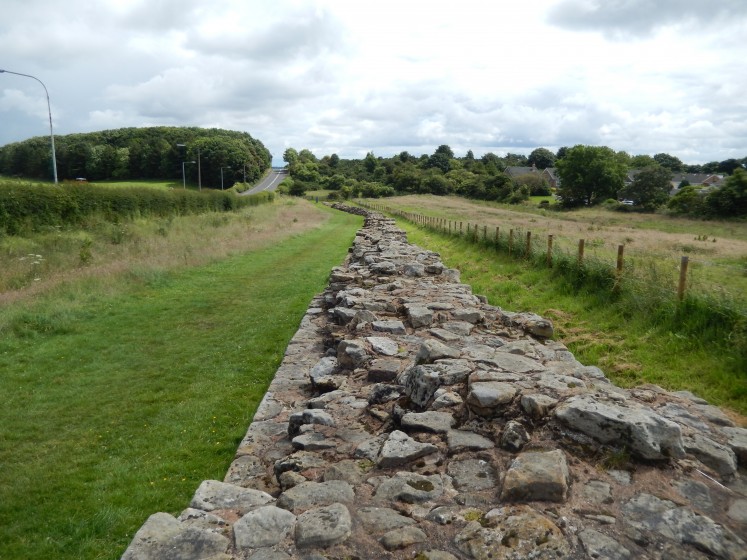
Some of the remains of Hadrian’s Wall.
We had lunch at the Robin Hood Pub, a small, rural establishment. The authenticity of the pub was charming. We had soup and sandwiches with locally brewed beer (or other beverages) and good company.
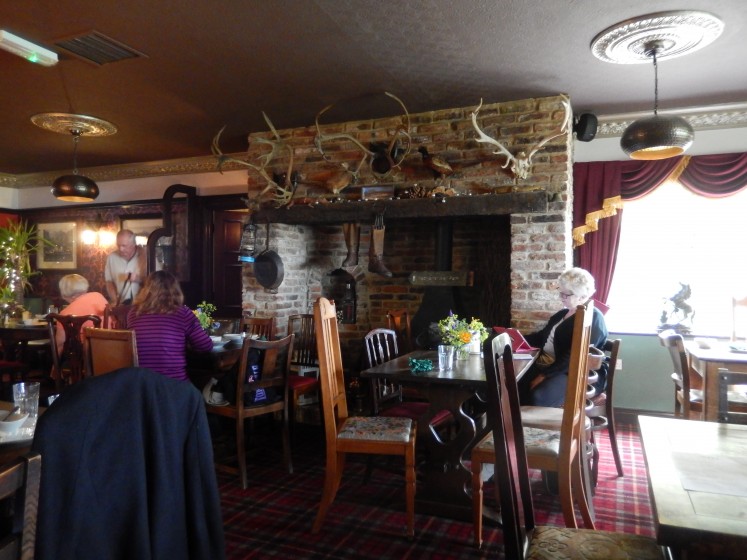
The Robin Hood Pub. Robyn (not Hood), one of our new friends from Australia, is sitting to the right of the fireplace.
As we drove along the shores of the North Sea, we saw a unique place–a small community of about 40 people who live on an island or on a causeway, depending on whether it is high tide or low tide. In the picture below, it is low tide, so the causeway to the community is visible. Visitors are regularly rescued because they try to beat the tide to the community, but it swirls around behind them and traps them in water and mud.
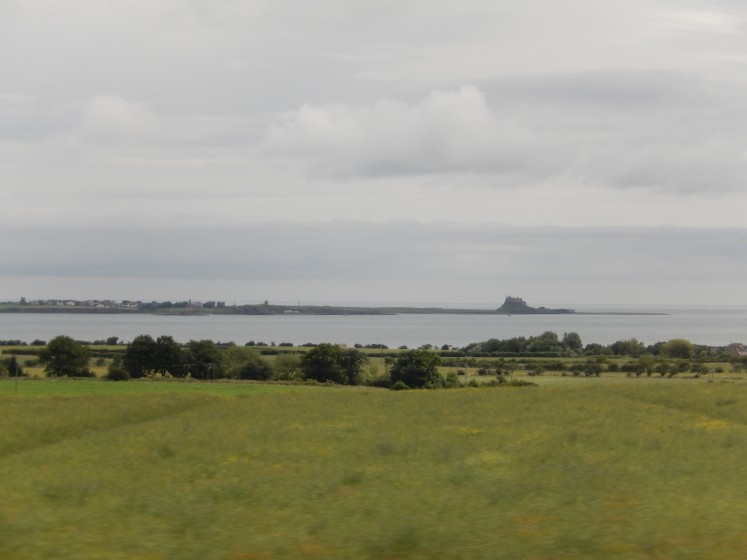
The community is built on the “lump” on the right of the strip of land.
We finished our day in Jorvik, the Nordic name for York, a market city. The walls of the city and the four city gates (one facing each compass direction) are still standing. The streets are exactly wide enough to accommodate a carriage. The gutters along the old butchers’ street allowed the blood from slaughtering to flow away. The former butcher shops also have hooks above their doors and windows from which butchers used to hang the slaughtered animals that were for sale. Thankfully, that’s no longer done today.
There are lots of low, narrow passageways that go between streets, and a huge cathedral to show the power of the market city. (In medieval times, the size of the cathedral was indicative of the strength of the city.) Unfortunately, the York cathedral is missing many of its stone statues. The statues were symbolic of the Catholic faith and were destroyed when Henry VIII declared England a Protestant country and ordered the removal of all evidence of Catholicism.
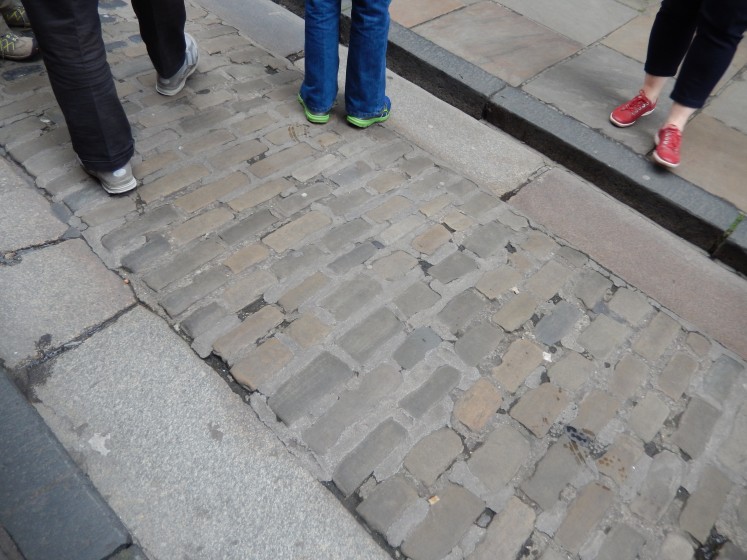
One of the carriage-wide streets. Notice how two or three people might have difficulty walking side-by-side in the street.
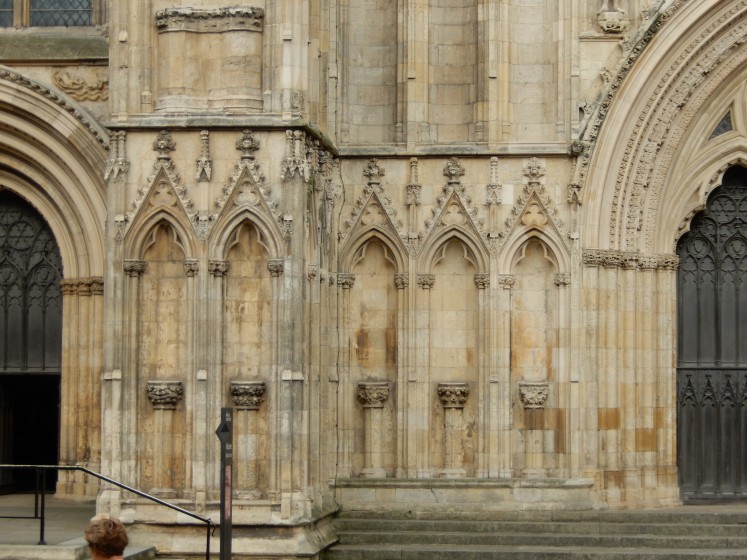
Part of the front of the York cathedral. You can see where the stone statues used to be.